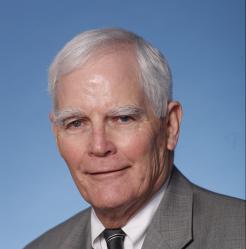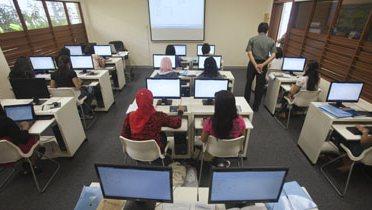INTRODUCTION
Decades after the war on poverty, the founding of the United Nations and the creation of the World Bank and the International Monetary Fund, standards of living have improved markedly on a global scale—but major goals remain unmet. As the United States slowly recovers from a devastating economic downturn, jobs, homes and personal well being are in jeopardy.
In many developing countries, rapid growth has created new opportunities and lifted millions out of poverty, but a growing fraction of the poor live in fragile states, in or vulnerable to conflict and violence. The poor have been hard hit by high prices for food and fuel, as well as by the global economic recession. With foreign aid unable to meet development challenges in part due to budget pressures, a new 21st century approach to development is needed to create greater opportunity for more people.
President Obama will detail his priorities for the next two years when he releases his budget proposal this month. As he indicated in his State of the Union address, creating jobs, overhauling education programs and reforming foreign aid will be among the White House proposals to the 112th Congress.
These requests will coincide, however, with a more pressing demand to reduce the federal deficit. Just as an important debate could begin on ensuring that economic growth includes consideration of the most vulnerable people, the U.S. government is likely to have less money to operate for at least a decade because of the deficit crisis.
An agenda for creating opportunity and well-being here and abroad should be flexible enough to encompass regional differences, shaped to be politically acceptable to members of both parties by offering help to people who help themselves, and accepting of the fact that developing countries are no longer a homogeneous group of “poor” countries but instead are highly differentiated in their capabilities and needs. In this fiscal climate, the agenda must also be focused and major new expenditures cannot be expected. We must learn to do more with flat or declining resources.
Locally, across the nation’s 100 largest metropolitan areas, the economic recovery is uneven and has many faces. Some areas of the country, including Austin, Boston, and Washington, have nearly regained the modest number of jobs they lost in the downturn; in other cities and surrounding regions, such as Phoenix, Detroit, and Las Vegas, new jobs have not yet materialized, and unemployment rates far exceed the national average.
Nationally, many middle-class families fear that they are only one job away from being poor, and they may be right, since the ranks of America’s poor swelled by nearly 5 million people between 2007 and 2009. The political challenges of creating more opportunity will intensify in the coming decades for reasons that have less to do with the design of the policies and more to do with lack of jobs, rapid changes in technology and international competition, a continuing influx of poorly educated immigrants, the aging of the population along with rising health care costs, and enormous federal budget deficits.
Globally, leaders at the United Nations committed in September 2000 to eight goals to combat poverty, hunger, disease, child and maternal mortality, illiteracy, environmental degradation, and discrimination against women by 2015. Yet recent updates suggest that these United Nations Millennium Development Goals will not be reached if current trends—including weak governance, lack of education, and insufficient and inefficient foreign aid—continue. New players in the traditional aid system, such as governments of emerging economies and international nongovernmental organizations (NGOs) have brought new approaches and considerable resources to the delivery of aid, but have also added to waste, overlap and uncoordinated efforts.






